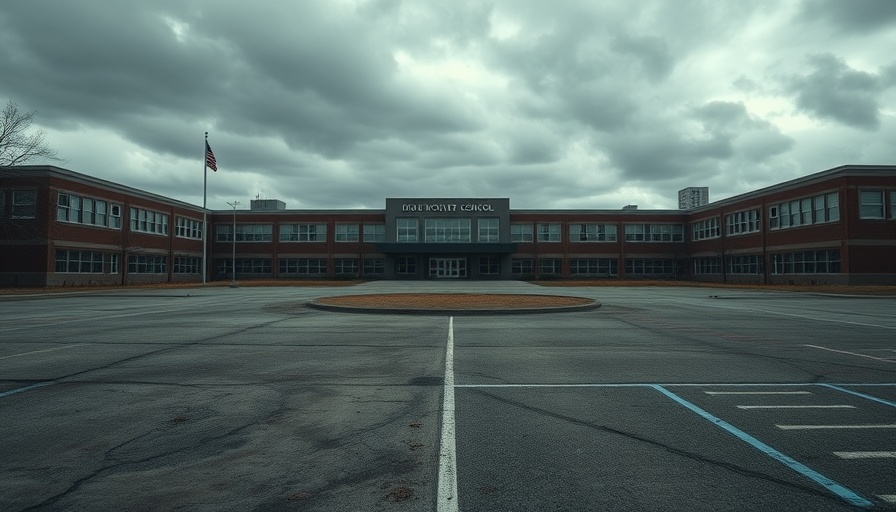
Schools Facing a Financial Reckoning
U.S. public schools are now at a critical crossroads as the expiration of federal pandemic relief funds coincides with a troubling decline in student enrollment. Recent analysis from the Georgetown Edunomics Lab reveals that school funding has shrunk significantly since the pandemic, leading many districts across the nation to brace for a fiscal reckoning in 2025.
Understanding the Root Causes of Budget Shortfalls
During the pandemic, school districts expanded their staff to provide additional support and tackle challenges arising from COVID-19. However, this surge in hiring, fueled by temporary federal relief funds, has now left many schools overstaffed as those funds have ceased.
The risk is palpable; around 250,000 education jobs, translating to an estimated $24 billion in labor, hang in the balance due to the decreased state funding caused by lower enrollment. This funding conundrum creates a perfect storm where schools must prepare for potential layoffs as they confront budget shortfalls over the coming years.
Potential Implications for Taxpayers
The impending cuts could have significant implications for taxpayers, especially those concerned with fiscal responsibility. As schools navigate these changes, it’s essential for parents and taxpayers to understand how their local education system’s financial health directly affects their community and tax responsibilities. Local governments often fund schools based on enrollment numbers, so fewer students could mean higher taxation rates to compensate for lost revenue.
Looking Ahead: Future Predictions and Policy Measures
As we look toward the future, policymakers must consider proactive measures to mitigate the impending crisis. Community involvement and feedback from parents and educators could prove crucial in crafting solutions that balance fiscal responsibility with educational needs. Transparency about funding and budget allocation is vital in ensuring parents and taxpayers are informed. With strategic tax planning and engaging in local education discussions, taxpayers can become more than just bystanders in the challenges ahead.
As 2025 approaches, it’s imperative for taxpayers and school districts alike to stay informed about changes that could affect education quality and tax implications, helping to advocate for sustainable practices that benefit both students and community finance.
 Add Row
Add Row  Add
Add 




 Add Row
Add Row  Add
Add 

Write A Comment